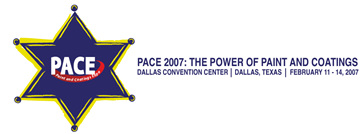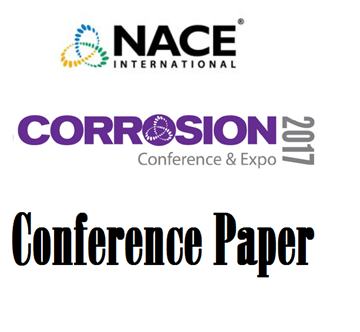Search
Products tagged with 'high temperature'
View as
Sort by
Display
per page
Oxidation Of Welded Materials In High Temperature Supercritical Carbon Dioxide
Product Number:
51321-16961-SG
Publication Date:
2021
$20.00
Preventing Corrosion under Insulation - New Generation Solutions for an Age Old Problem
Product Number:
41207-333-SG
Publication Date:
2007
$20.00
Spray-On Ceramic Insulation Up To 450C And Encapsulating Existing Corrosion Without Sandblast
Product Number:
41213-776-SG
Publication Date:
2013
$20.00
Step Change Epoxy Coatings for Pipes, Tanks, Vessels and Railcars
Product Number:
51218-104-SG
Publication Date:
2018
$20.00
Stressed Alkaline Cooling Water Deposit Control: High Temperature Suspended Solids and Iron Impacts
Product Number:
51317--9422-SG
ISBN:
9422 2017 CP
Publication Date:
2017
$20.00
What Happens to Zinc Under Hot Insulation?
Product Number:
41215-883-SG
Publication Date:
2015
$20.00
When Undercover Agents are Tested to the Limit: Coatings in Action (CIA) and Corrosion Under Insulation (CUI) at High Temperature
Product Number:
41213-774-SG
Publication Date:
2013
$20.00
Zinc Sulfide Solubility Modeling In Aqueous Solution At High Temperature And High Pressure
Product Number:
51322-17763-SG
Publication Date:
2022
$20.00








